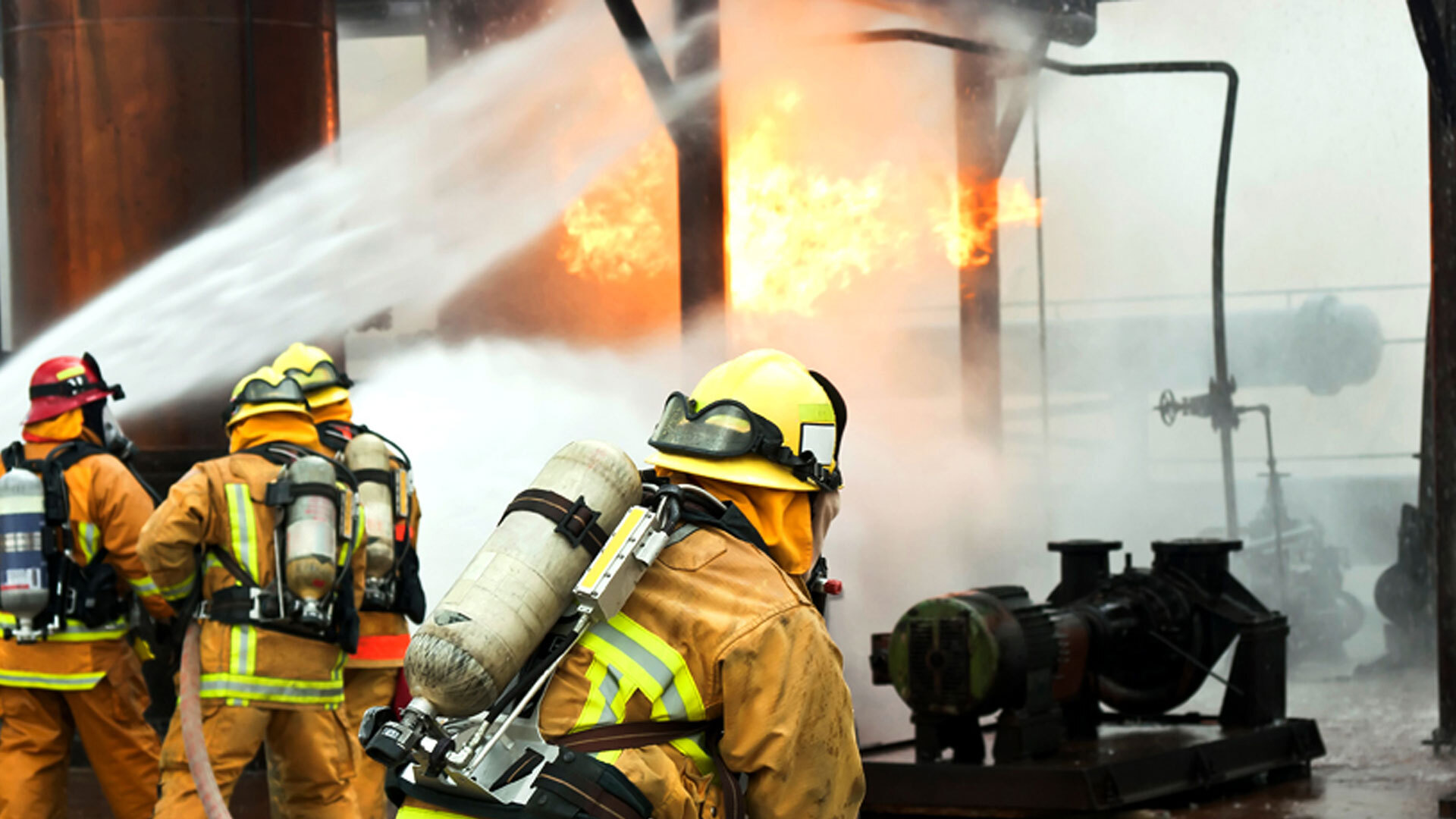
Emergency services are the backbone of any community, ensuring safety and swift responses during crises. Ever wondered how these heroes operate or what makes their work so vital? Emergency services encompass a range of professionals, from firefighters and paramedics to police officers and rescue teams. They work tirelessly, often putting their lives on the line, to protect and serve. But there's more to their world than flashing lights and sirens. From the history of 911 to the latest technology in emergency response, these facts will give you a deeper appreciation for the brave individuals who keep us safe. Ready to learn more? Let's dive in!
The Role of Emergency Services
Emergency services are vital for public safety. They respond to various crises, from medical emergencies to natural disasters. Here are some fascinating facts about these essential services.
-
Emergency services operate 24/7. They never take a break, ensuring help is always available.
-
The first organized fire brigade was established in ancient Rome. Emperor Augustus created it around 24 BC.
-
Paramedics are highly trained professionals. They undergo rigorous education and practical training to handle medical emergencies.
-
911 was first used in the United States in 1968. The first call was made in Haleyville, Alabama.
-
Firefighters often double as EMTs. Many fire departments require their firefighters to be certified emergency medical technicians.
Firefighting Facts
Firefighters are often the first responders in emergencies. Their job is not just about putting out fires but also about saving lives and property.
-
Firefighters wear gear that can weigh up to 75 pounds. This includes their uniform, helmet, oxygen tank, and other equipment.
-
The Dalmatian dog is a traditional firehouse mascot. They were used to clear the way for fire trucks in the 18th century.
-
Fire trucks can carry up to 500 gallons of water. They also have hoses that can pump water at high pressures.
-
Smoke inhalation is the leading cause of death in fires. It accounts for more fatalities than burns.
-
Firefighters use thermal imaging cameras. These devices help them see through smoke and locate victims.
Medical Emergency Services
Medical emergency services are crucial for providing immediate care to those in need. They play a significant role in saving lives.
-
Ambulances are equipped with advanced medical equipment. This includes defibrillators, oxygen tanks, and various medications.
-
The first ambulance service started in 1865 in Cincinnati, Ohio. It was run by the Commercial Hospital.
-
Paramedics can perform life-saving procedures on the spot. This includes administering IV fluids, intubation, and even minor surgeries.
-
Air ambulances can reach remote areas quickly. They are equipped similarly to ground ambulances but can fly over traffic and obstacles.
-
The "Golden Hour" is critical in trauma care. The first hour after an injury is crucial for successful treatment.
Police and Law Enforcement
Police and law enforcement agencies are essential for maintaining public order and safety. They respond to various emergencies, including crimes and accidents.
-
The first modern police force was established in London in 1829. Sir Robert Peel founded it, and officers were called "Bobbies."
-
Police dogs are trained for various tasks. They can detect drugs, explosives, and even find missing persons.
-
Body cameras are becoming standard equipment for officers. They provide transparency and accountability in law enforcement.
-
SWAT teams handle high-risk operations. These specialized units deal with situations like hostage rescues and counter-terrorism.
-
Community policing builds trust. Officers engage with community members to solve problems and prevent crime.
Natural Disaster Response
Natural disasters require a coordinated response from various emergency services. Their quick action can save lives and reduce damage.
-
The Federal Emergency Management Agency (FEMA) coordinates disaster response in the U.S. It was created in 1979 to handle large-scale emergencies.
-
Search and rescue teams are trained to find survivors. They use specialized equipment and techniques to locate people trapped in debris.
-
Emergency shelters provide temporary housing. They offer a safe place for those displaced by disasters.
-
Disaster response teams include medical personnel. They provide immediate care to the injured and prevent disease outbreaks.
-
Communication is key during disasters. Emergency services use various methods, including radios and satellite phones, to stay in touch.
Technological Advancements in Emergency Services
Technology has significantly improved the efficiency and effectiveness of emergency services. Innovations continue to enhance their capabilities.
-
Drones are used for aerial surveillance. They help assess damage and locate victims in hard-to-reach areas.
-
Mobile apps can alert users to emergencies. These apps provide real-time information and instructions during crises.
Emergency Services: A Lifeline
Emergency services are crucial for keeping communities safe. From firefighters battling blazes to paramedics providing life-saving care, these professionals work tirelessly. Police officers maintain order and respond to crises, ensuring public safety. Search and rescue teams brave harsh conditions to find and save those in danger. Emergency dispatchers coordinate responses, acting as the first point of contact.
Understanding the roles and dedication of these services helps us appreciate their importance. They’re always ready, day or night, to respond to emergencies. Their bravery and commitment make a significant difference in countless lives.
Next time you see an emergency vehicle, remember the dedication behind it. These facts highlight just a fraction of their vital work. Stay informed, stay safe, and always respect the efforts of emergency services. They truly are a lifeline for us all.
Was this page helpful?
Our commitment to delivering trustworthy and engaging content is at the heart of what we do. Each fact on our site is contributed by real users like you, bringing a wealth of diverse insights and information. To ensure the highest standards of accuracy and reliability, our dedicated editors meticulously review each submission. This process guarantees that the facts we share are not only fascinating but also credible. Trust in our commitment to quality and authenticity as you explore and learn with us.


